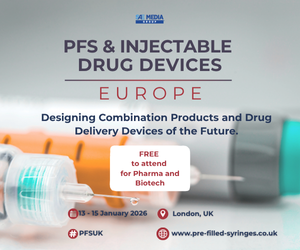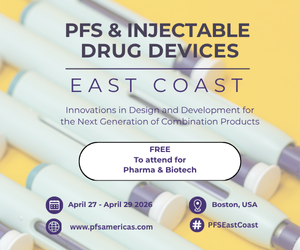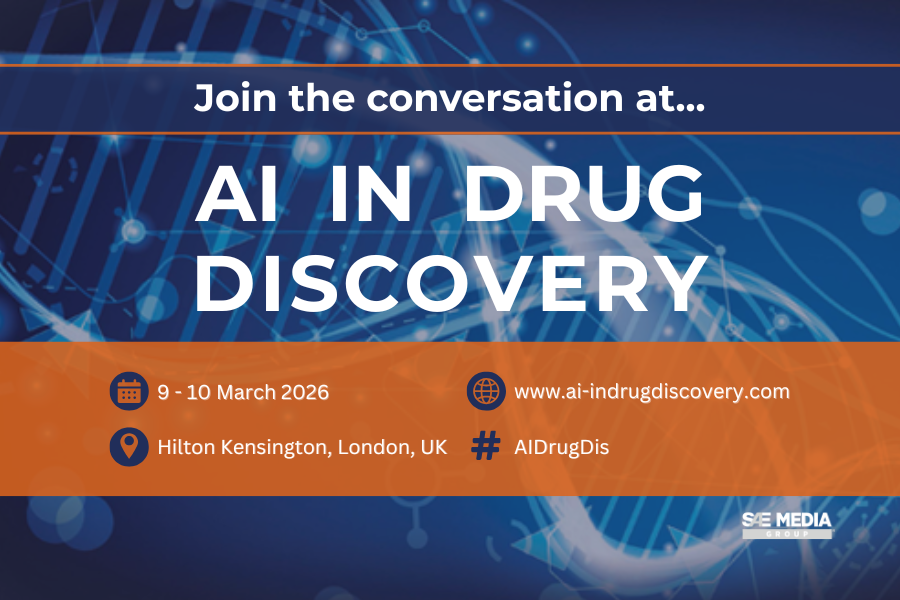In the past few decades, nanomedicine has emerged as one of the most promising opportunities in healthcare. By engineering materials at the nanoscale, scientists have unlocked a new universe of possibilities for diagnostics, imaging and, most notably, drug delivery. The recent rapid development and success of mRNA-based COVID-19 vaccines, which rely on lipid nanoparticles (LNPs) to deliver their payload, have proven that nanomedicines are a powerful reality capable of transforming global health. These tiny, engineered particles can protect sensitive drugs, enhance their solubility and deliver them precisely to a targeted site in the body, dramatically improving treatment efficacy while reducing side effects.
However, the very characteristic that makes nanomedicines so revolutionary – their intricate, customisable complexity – also presents the biggest hurdle to their widespread adoption. Unlike traditional small-molecule drugs, nanoparticles are not single compounds. They are complex assemblies with multiple components, and their performance is governed by a range of interdependent characteristics, from their size and shape to their surface chemistry and stability. This complexity makes developing and manufacturing them challenging, especially when it comes to ensuring they are consistently safe and effective.
To truly unlock the full potential of this technology, we must overcome the analytical bottleneck that currently affects the industry. The standard tools and methods that have served pharmaceutical development for decades are often insufficient for the unique demands of nanomedicines. New and more sophisticated approaches are needed to provide a comprehensive, multifaceted view of these complex particles from the earliest stages of development.






















